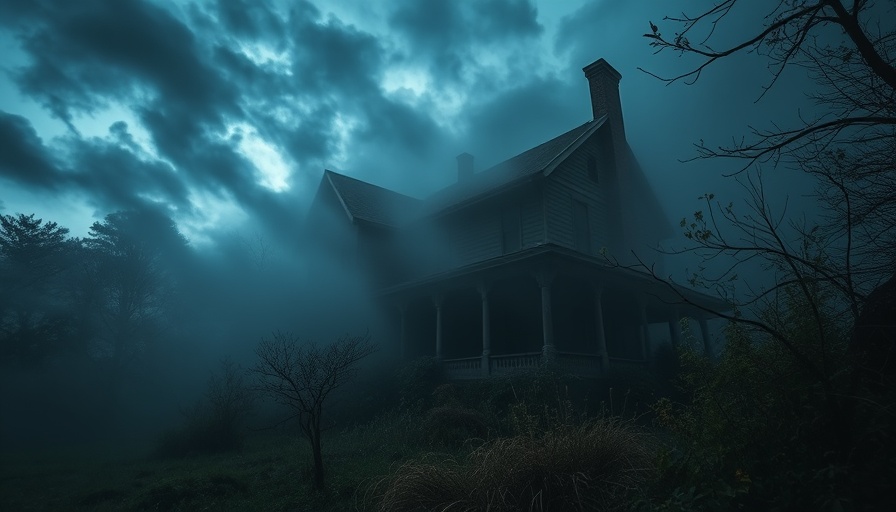
The Incredible Journey of Monarch Butterflies: Nature’s Marvel
When we think of migrations, we often envision grand spectacles—entire herds of wildebeests crossing the Serengeti or flocks of birds making their way across continents. Yet, perhaps one of the most extraordinary migration stories resides in the humble monarch butterfly. Each year, millions embark on an impressive journey of thousands of miles, leading them from North America to their wintering grounds in central Mexico. On Sunday’s episode of 60 Minutes, Anderson Cooper delves into this incredible phenomenon, shedding light on a natural wonder that captivates not just scientists but nature lovers worldwide.
Understanding the Migration: A Natural Phenomenon
Monarch butterflies are remarkable for their annual migration, which can cover more than 3,000 miles. They navigate using a combination of environmental cues and innate instincts, leaving their summer breeding grounds in Canada and the United States in search of warmer climates. This journey involves traversing rugged terrains and facing various climatic challenges, making their survival a testament to nature's resilience.
Climate Change: A Threat to Migration
As Anderson Cooper reports, various factors threaten the monarch’s journey, most significantly climate change. Altered weather patterns can disrupt the timing of their migration, impacting food availability and suitable breeding conditions. Additionally, habitat loss due to urbanization and agriculture presents significant barriers to these butterflies, pushing them closer to extinction. Understanding the nuances of this delicate balance is crucial for conservation efforts aimed at protecting monarchs and their habitats.
The Importance of Monarchs in Ecosystems
While they may seem small, monarchs play a significant role in the health of ecosystems. As pollinators, they contribute to the reproduction of many flowering plants, making them vital players in food webs and biodiversity. The decline of monarch populations can thus have ripple effects across various habitats, jeopardizing not only plant species but also the animals that rely on them.
Efforts to Preserve Monarch Migration
Countless organizations and individuals have sprung into action to ensure the survival of monarch butterflies. From planting milkweed—their primary food source during the caterpillar stage—to advocating for conservation policies, community efforts have surged in both urban and rural areas across North America. These grassroots movements highlight the power of collective action in addressing environmental challenges.
Conclusion: The Call for Action
In light of the challenges facing monarch butterflies, it is imperative for individuals and communities to participate in conservation efforts. From creating butterfly gardens to supporting legislation aimed at protecting habitats, every small action counts. As we learn more about this majestic migration and the importance of the monarch, we are reminded of our role in nurturing and safeguarding the natural world around us.
 Add Row
Add Row  Add
Add 




Write A Comment